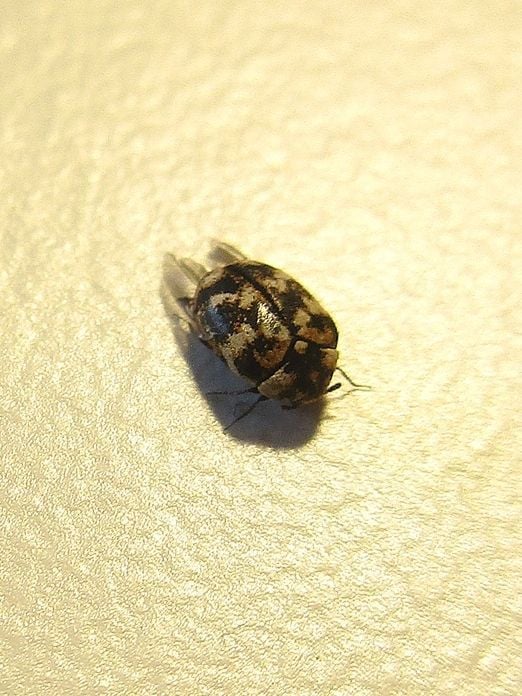

The Most Common Flying InsectsĬommon flying insects include bees, wasps, flies, mosquitoes, butterflies, moths, beetles, and dragonflies. On the other hand, dragonflies have long colorful bodies, and butterflies and moths have larvae-like bodies and large wings. For example, bees and wasps are small with oval bodies. The best way to identify flying insects is by their shape. Other winged insects have transparent wings.Įxamine the flying insect’s shape. However, the colorful wings of some insects like butterflies or moths help to identify the species. All flying insects are identified by common characteristics-two or four wings, six legs, and a segmented body. Some insects are attracted to light when it’s dark. However, you may see harmless butterflies on flowers. Some flying insects like wasps and bees become aggressive if you annoy them. To identify flying insects, you should observe their behavior, shape, size, and habitat. For example, ladybugs and June bugs are types of beetles.Īnd it’s good to remember that spiders are not types of insects but are crawling eight-legged creatures in the class Arachnida.

However, it gets confusing because some insects have the common name bug-but they are not true bugs. This is similar to how ants are insects, but referring to all insects as ants is not correct. So, all bugs are insects-but not all insects are bugs. Examples of true bugs include stink bugs, aphids, whiteflies, water bugs, and bed bugs. They use their straw-shaped mouth to pierce plants and feed on sap, juices, or other insects. The primary difference between bugs and insects is that bugs suck juices from plants. On the other hand, true bugs are a specific type of insect. Flying insects can include flies, butterflies, wasps, bees, grasshoppers, and beetles. Insects are animals in the class Insecta with six legs, two antennae, and three body segments-a head, thorax, and abdomen. However, it’s a good idea to know which flying insects to attract to your yard to enhance biodiversity and protect insect populations. Some of these winged creatures are recognized as flying pests.

This article is a comprehensive guide to common flying bugs and insects. Many insects that fly perform vital tasks such as pollinating flowers or feeding on plant-destroying pests. However, not all winged bugs and insects are dangerous. Also, in your garden, flying insects can inflict a nasty sting or damage your ornamental flowering shrubs. Identifying species of flying insects and bugs in your home is vital to recognize harmless, venomous, and disease-carrying pests. As an alternative to the direct treatment of voids, pests can be allowed to overwinter in them and emerge when temperatures warm up, at which time they can be killed and collected.Email Pinterest Facebook Twitter Linkedinįlying bugs and insects come in all shapes and sizes. Also, when exposed to accumulations of insects, some people develop allergic reactions to the insect fragments, shed skins and feces. First, pests killed in these spots are often difficult to remove and are attractive to pests that feed on dead insects. Pesticide application directly into nooks and crannies that harbor pests such as boxelder bugs and lady beetles is also often recommended, but treatment of wall and window frame voids, above false ceilings, etc., can be counterproductive. These products may not penetrate deeply enough into cracks and voids to contact the pests hiding there. Total-release aerosols (known as “bombs” or “foggers”) are generally of little use in combating occasional invaders. Baits, dusts and granular formulations, can be used in some situations (see discussions above). Chemical control with pesticides also can be integrated into pest management plans, but consider using pesticides only after other methods fail.


 0 kommentar(er)
0 kommentar(er)
